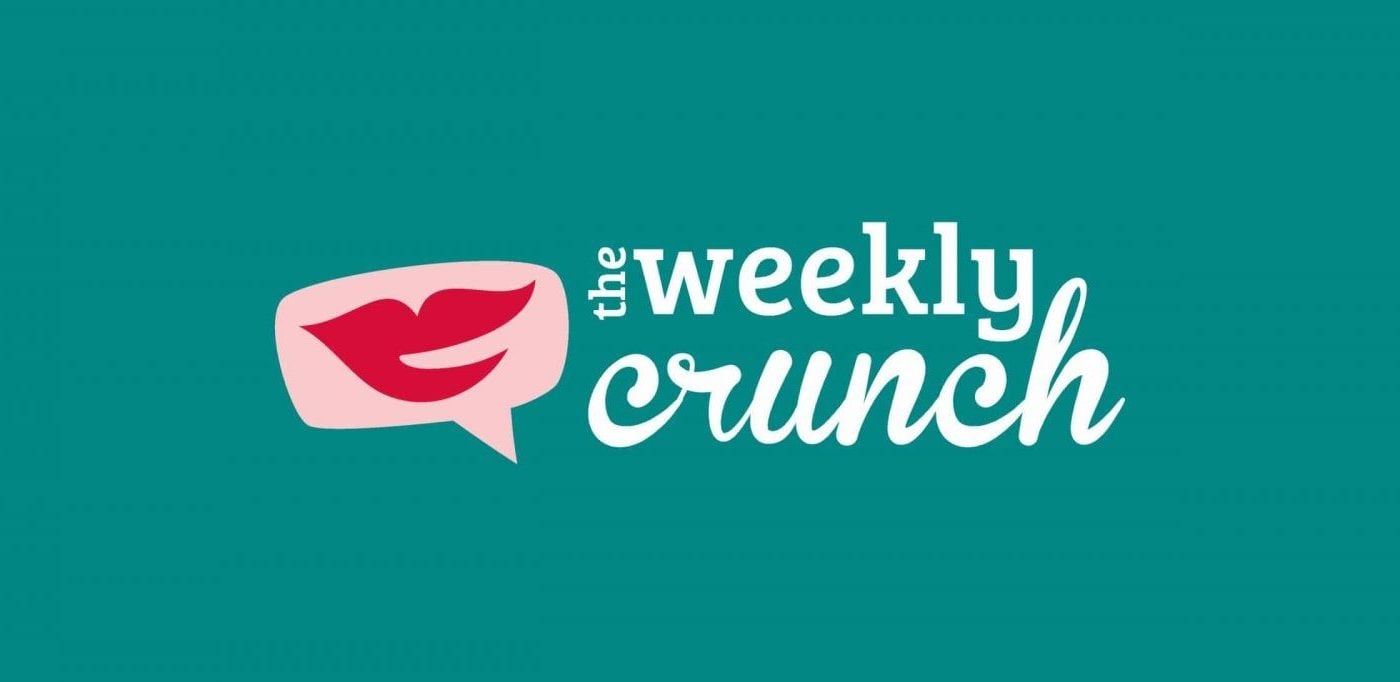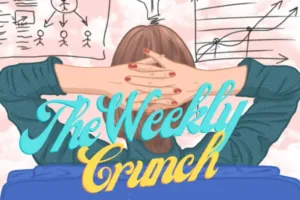How Much Does Your Midlife Anxiety Make You Miserable?
For many Gen–X women, middle age might be exhausting. Dealing with anxiety is not easy and these uncertain times can only breed more looming thoughts. Many things can cause it; ranging from underlying health problems to financial concerns. In women, in particular, even the fluctuating hormones of menopause and perimenopause can change the chemistry in their brain and bring on anxiety and panic attacks. Top this off with simultaneous stressors like the raising of children, while at the same time trying to hold down jobs and care for elderly parents and stress rises even higher.
Yes, meditation, journaling and breathwork might help but understanding how our brain functions and what can create patterns of anxiety and panic might be the solution to our worries.
According to Dr Judson Brewer, psychiatrist and neuroscientist at Brown University, author of the book “Unwinding Anxiety: New Science Shows How to Break the Cycles of Worry and Fear to Heal Your Mind”, the path to less stress begins by reframing anxiety as a habit or addiction.
Like other addictive behaviours, anxiety comes with familiar unhealthy patterns, such as stress-eating, procrastinating, and scrolling social media for hours – he says-. The whole point is that tips alone won’t help those of us who struggle with anxiety. Anxiety exists inside the habits that make up our everyday lives, and habits are sticky.
Basically, those thoughts won’t go away just because we tell ourselves to breathe: as crazy as it sounds when talking about anxiety, our brain is attracted to these habits because they create some sense of reward. So, what can we do?
Anxiety actually can be categorized as a habit – says Brewer whose TED talk on breaking bad habits has been viewed more than 10 million times-. After all, you might not even realize you’re spiralling toward anxious thoughts until they’re already taking up space in your brain. And breaking a bad habit takes awareness. The key here is really starting to map out our habit patterns in other words gathering these thoughts, step by step.
The process
Like nearly one-third of adults, Brewer has fought his own anxiety. He says the cause is generally simple: Fear + Uncertainty = Anxiety. “It can’t be willed away, and beating yourself up isn’t the answer“, he explains in his book. Instead, he suggests getting into “the growth zone” — the habit of “being present, allowing yourself to simply be human“.
His program “Unwinding Anxiety” has turned into a practical app that offers a three-step process to help you reduce your fear.
- First, users learn about the habit loop surrounding worry. “Negative emotions like fear or anxiety can trigger somebody to worry, and that mental behaviour gets stuck in these anxiety habit loops,” Brewer says. Users of the app can map out their habit loops and identify these behaviours.
- Second, “they hack their reward value system“,” increasing their awareness of the satisfaction gained from behaviours. By doing so, people can see whether their actions are helpful or not.
- Lastly, “the app brings in mindfulness practices so that users’ old, negative behaviour is replaced with curiosity and kindness”.
According to Dr Brewer: “full-blown panic attacks are like trying to surf a huge wave that we have no business surfing. So here I say, if somebody has a panic attack, just let it rip, let it go, and try not to do anything about it right at that moment. But afterwards, we can ask ourselves what happened – he explains-. We can start to work with smaller moments of panic. What I had started training myself to do, and this was 10 years before I had my first big panic attack, was to simply note thoughts, emotions, and body sensations when they came up“.
The takeaway
The good thing about this approach is that moments of anxiety become an opportunity to learn about yourself, not something to be afraid of, and not a failure in your quest.




